At Page Springs Cellars, our goal is to create delicious wines that express the unique character of our landscape. We trust that our wines and winemaking convey our philosophies concerning family, education and living life to its fullest.
We believe to make great wine we must take just as much responsibility for the lands we steward as the community we live in.
We feel strongly that growing grapes, making wine and raising a glass is a cultural ritual that fosters friendship, brings together families, and unites communities. Good wine is not strictly the esoteric fare of nobility: Wine is for the people.
We desire to share our passion and interest in wine with everyone from the first time sipper to the seasoned enthusiast. Providing academic and hands on experiences are a big part of this desire to help people expand and trust their own senses.
Land, wine, grapes, friends, family, education, and fulfillment: Wine is within everyone’s reach!
Enjoy,

Eric Glomski, Owner and Director of Winegrowing



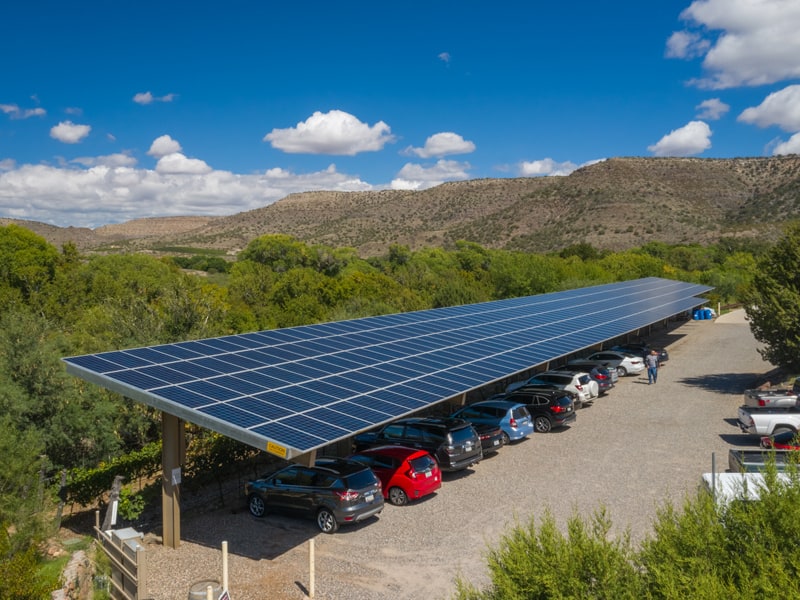
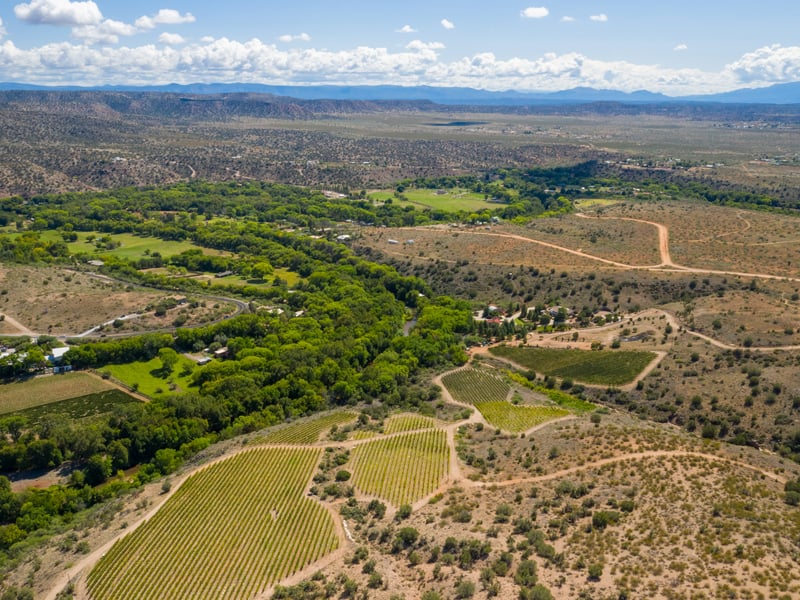
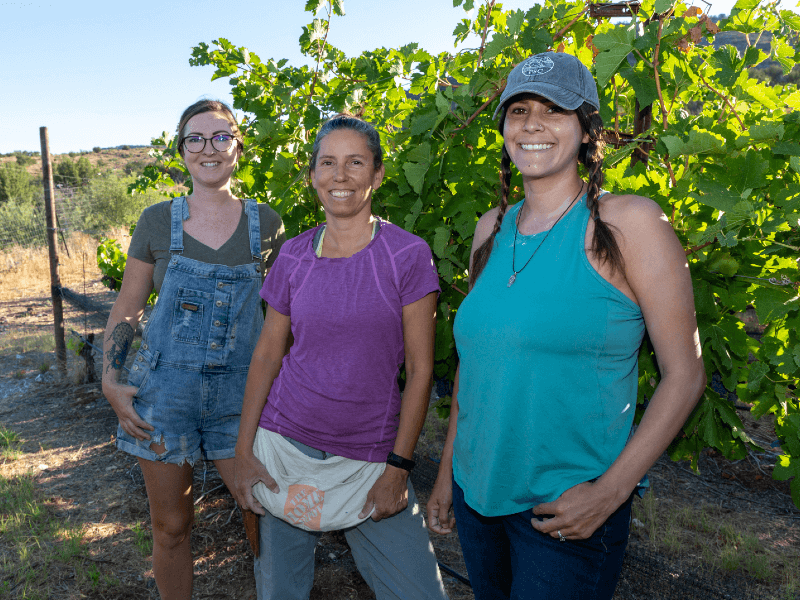
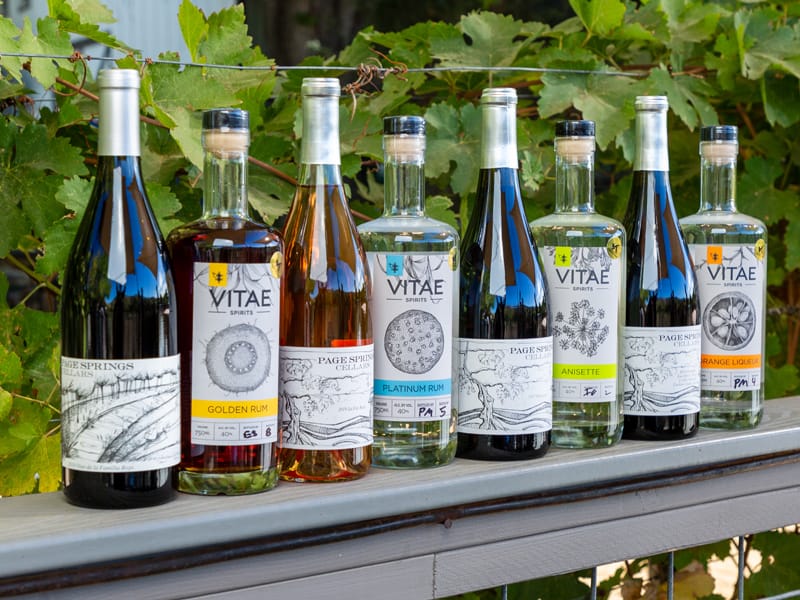

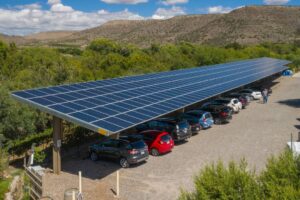
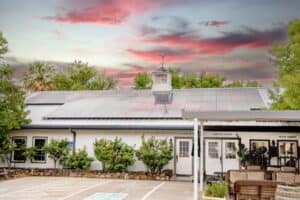
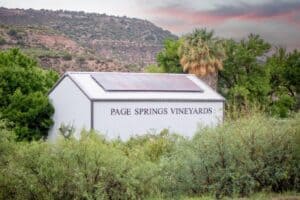
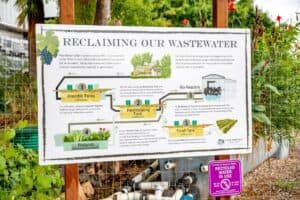
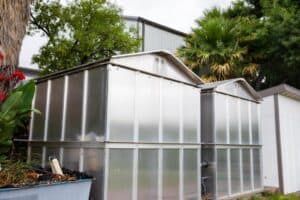
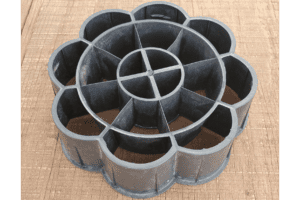
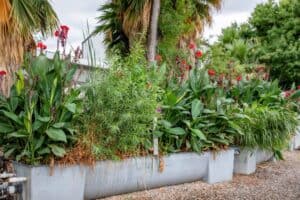
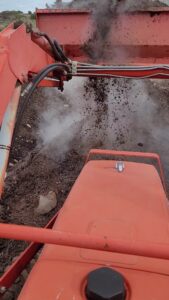
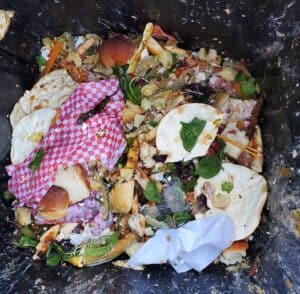
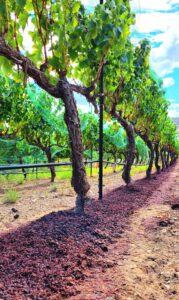
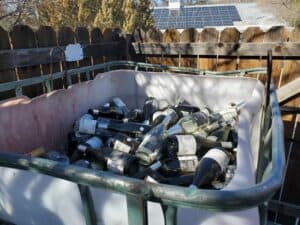
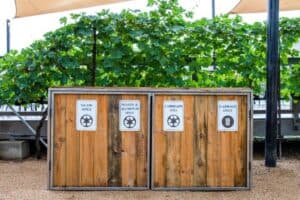
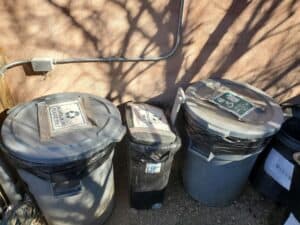
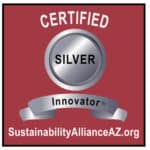
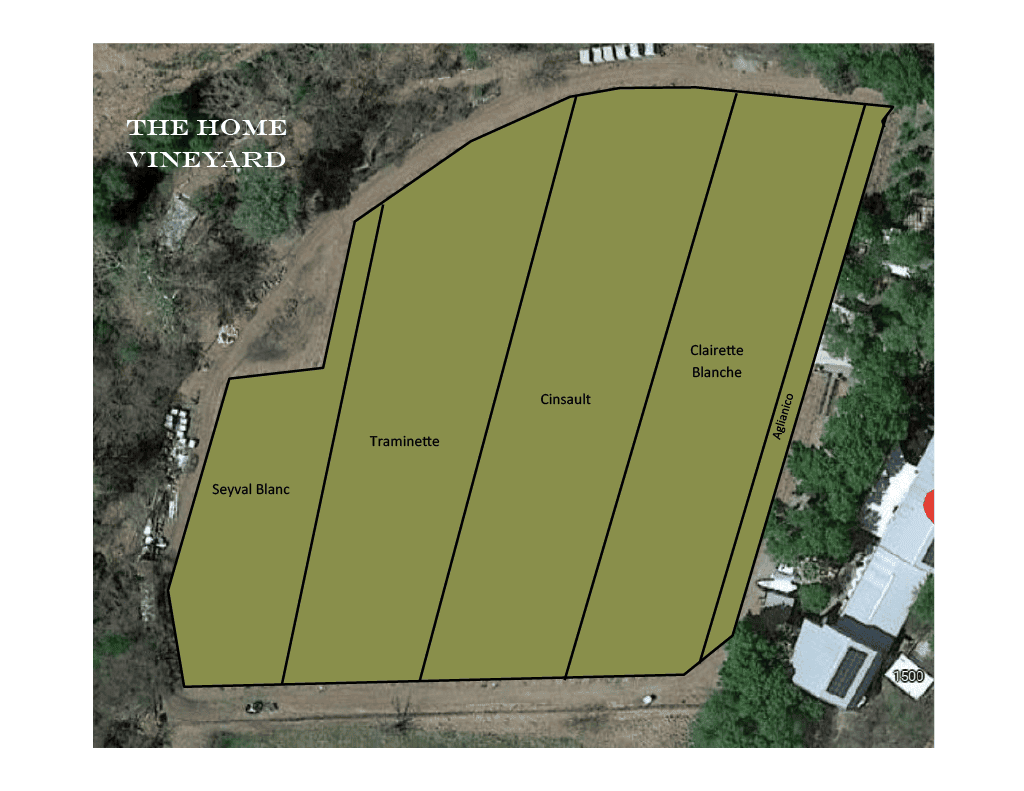
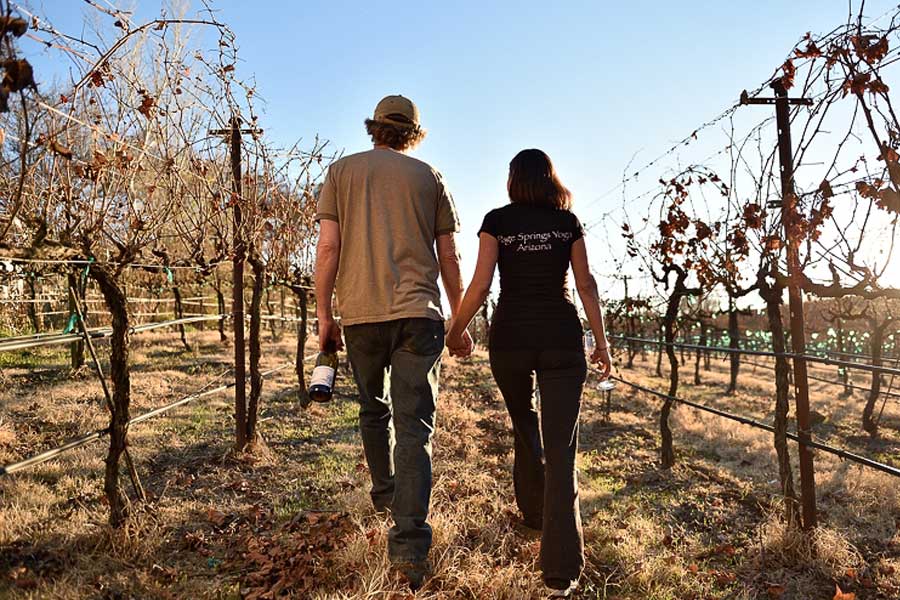
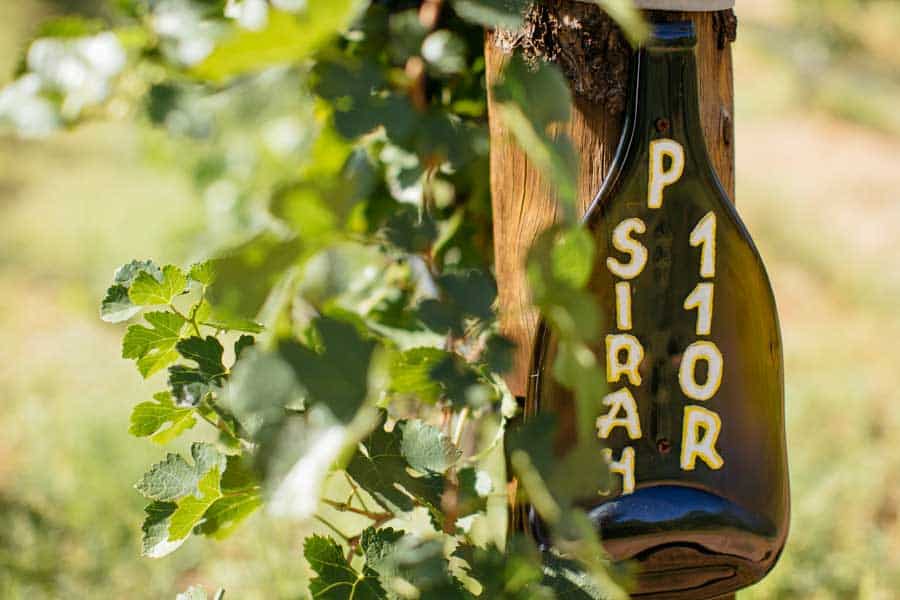
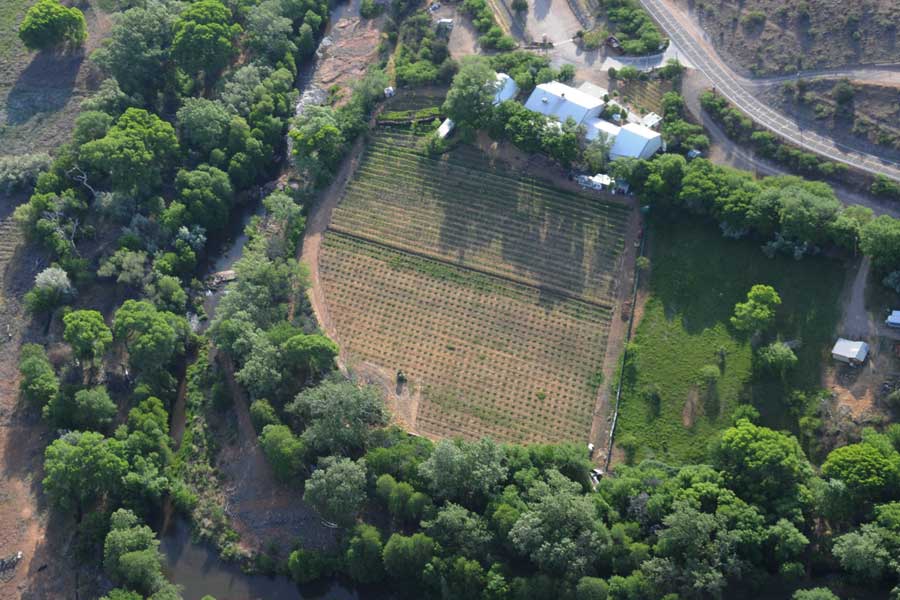
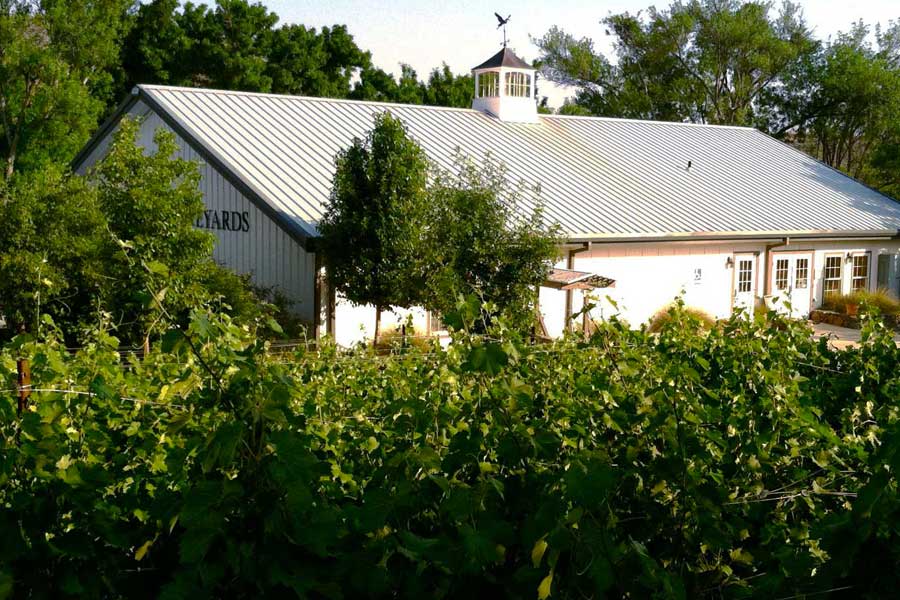


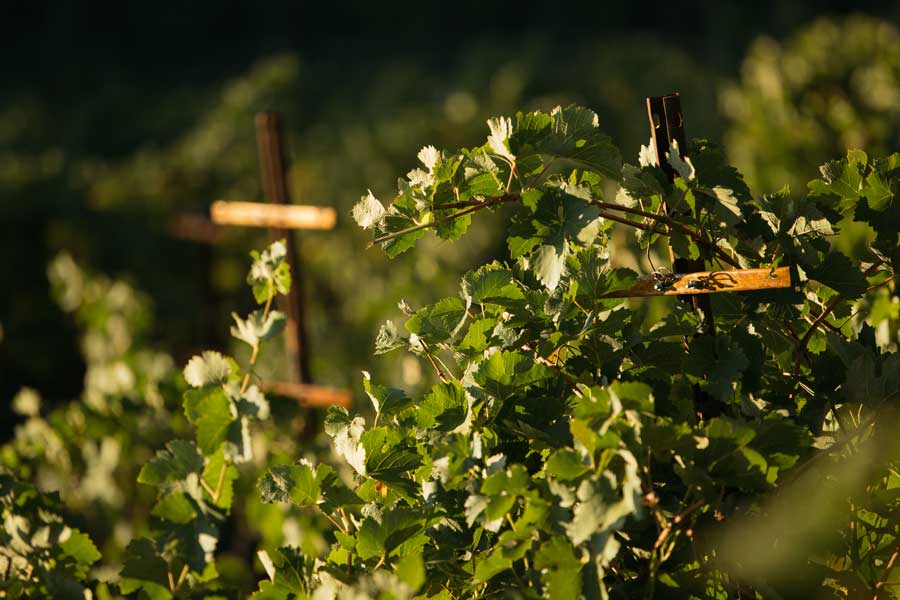
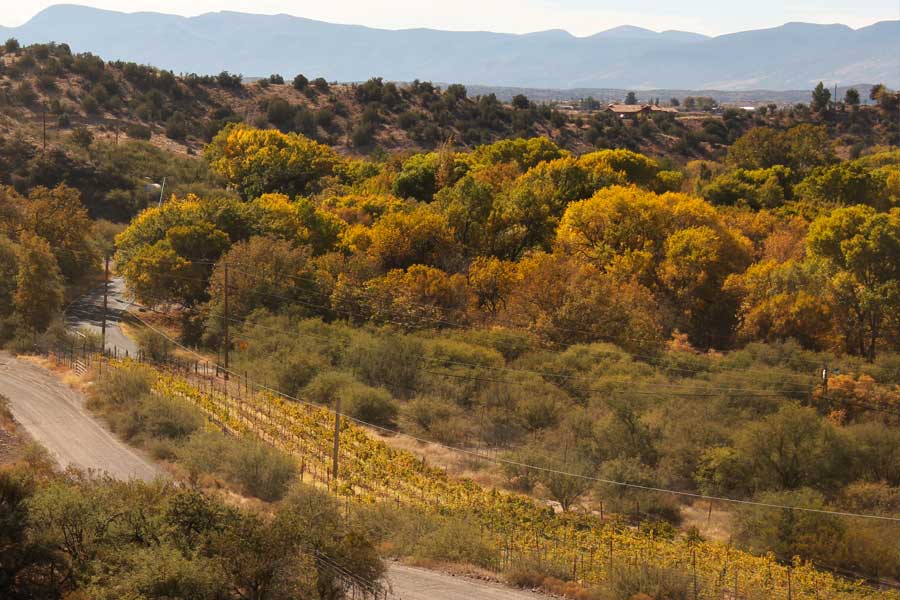
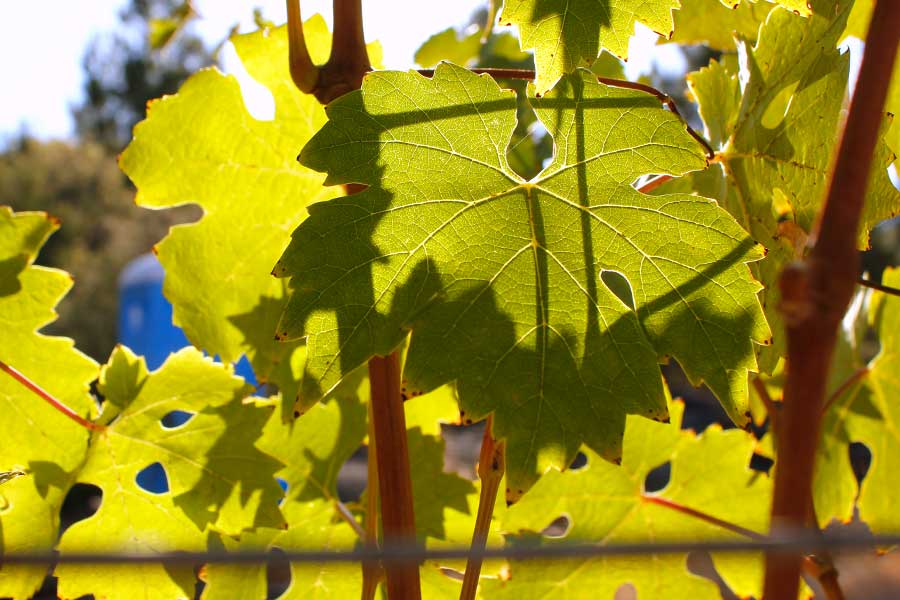
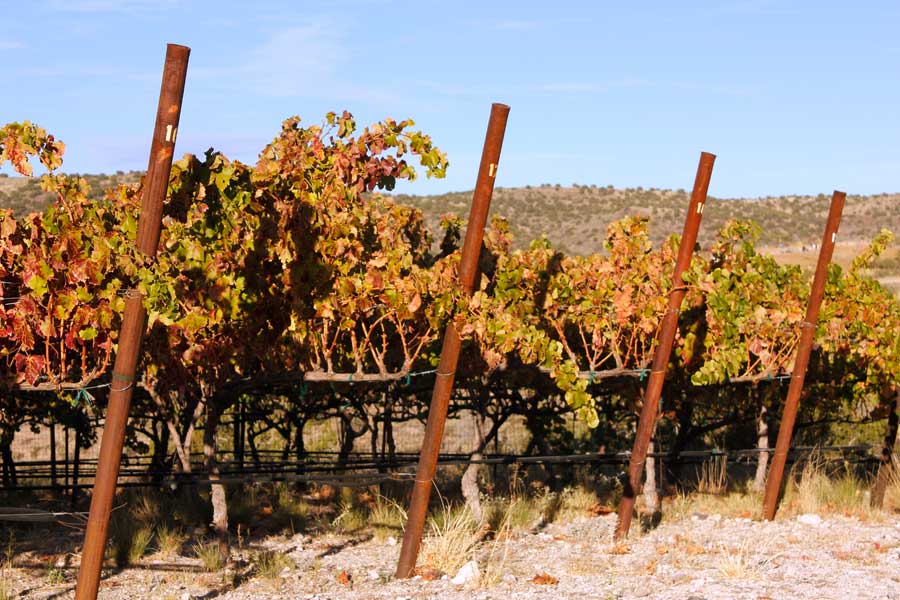
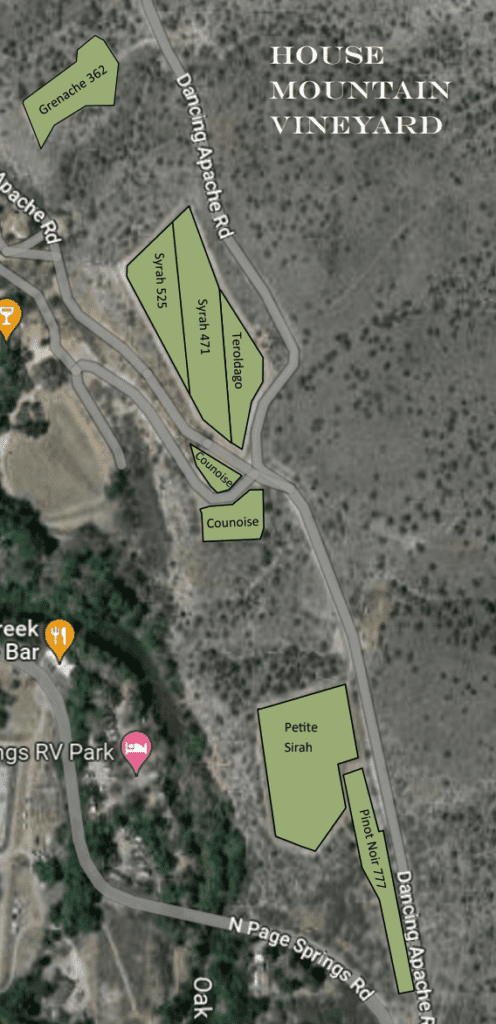


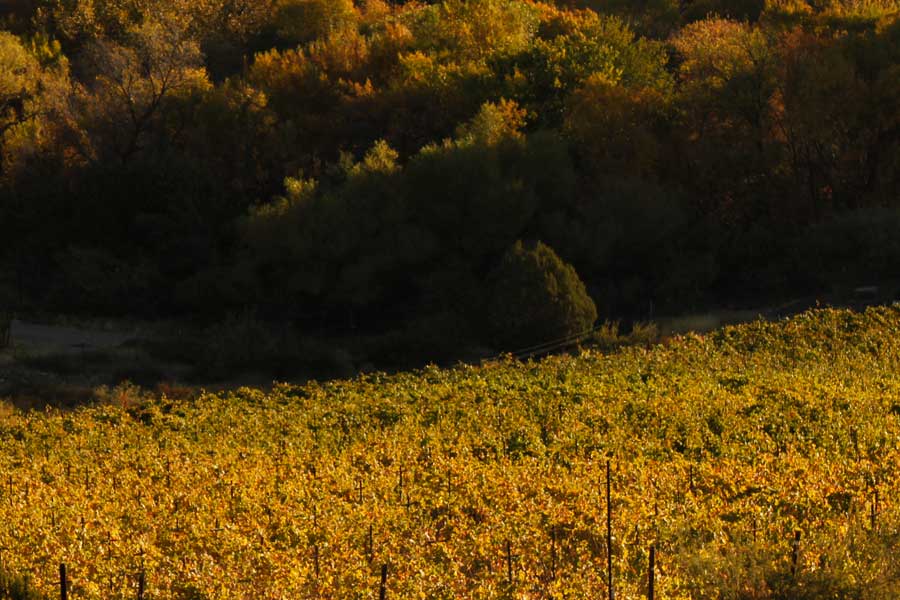
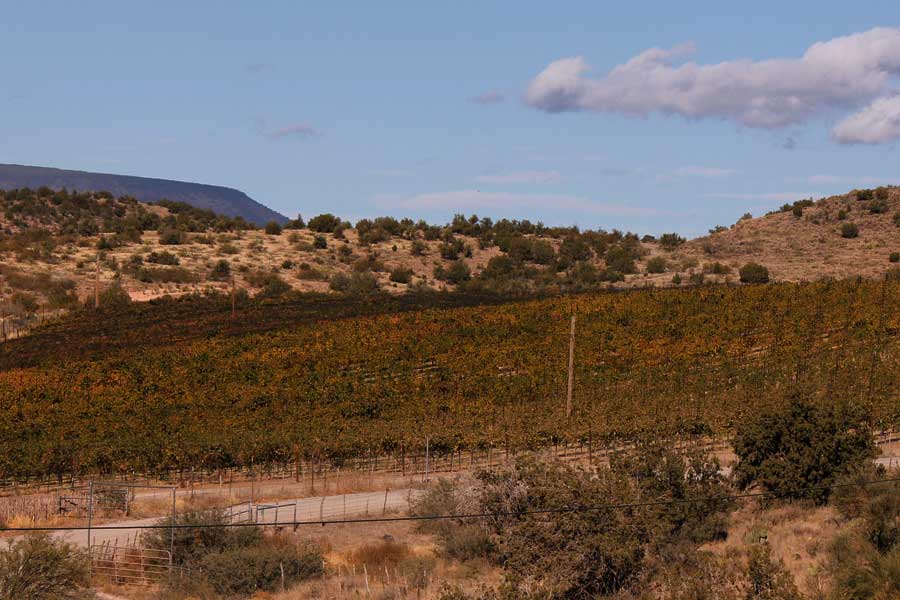
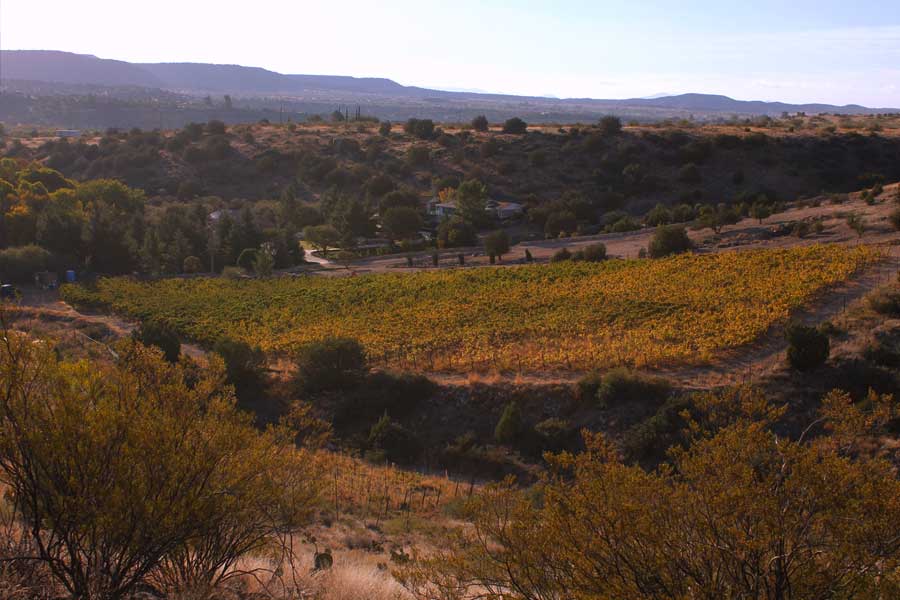
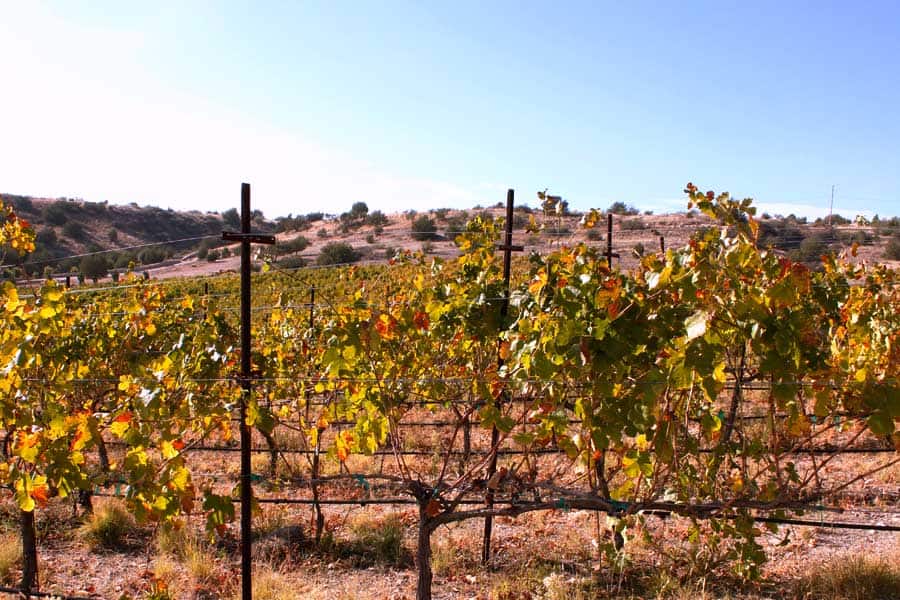
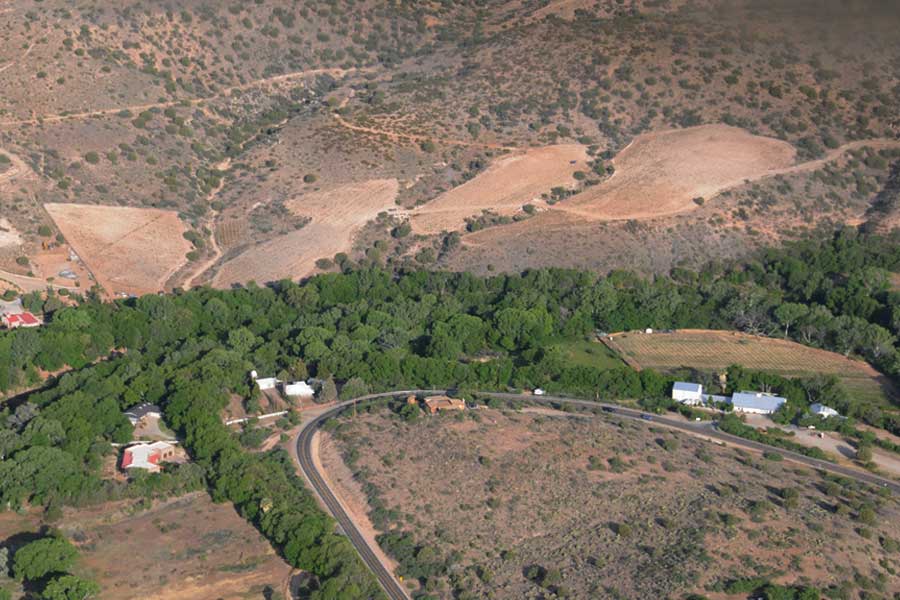
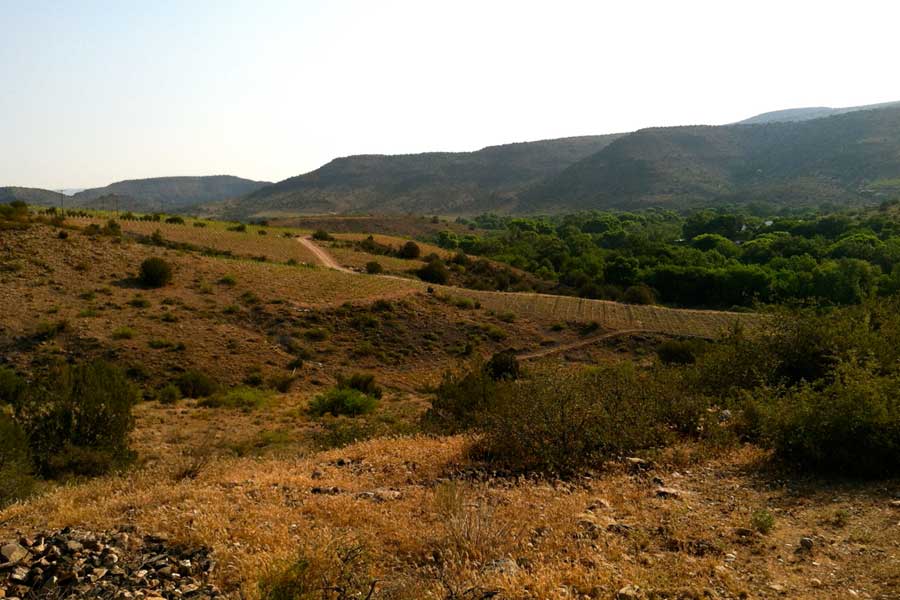
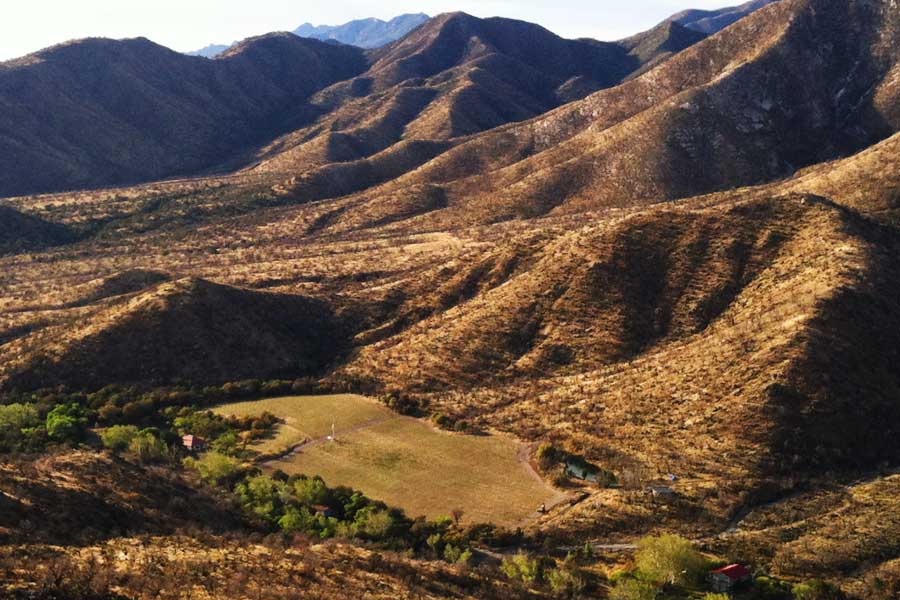
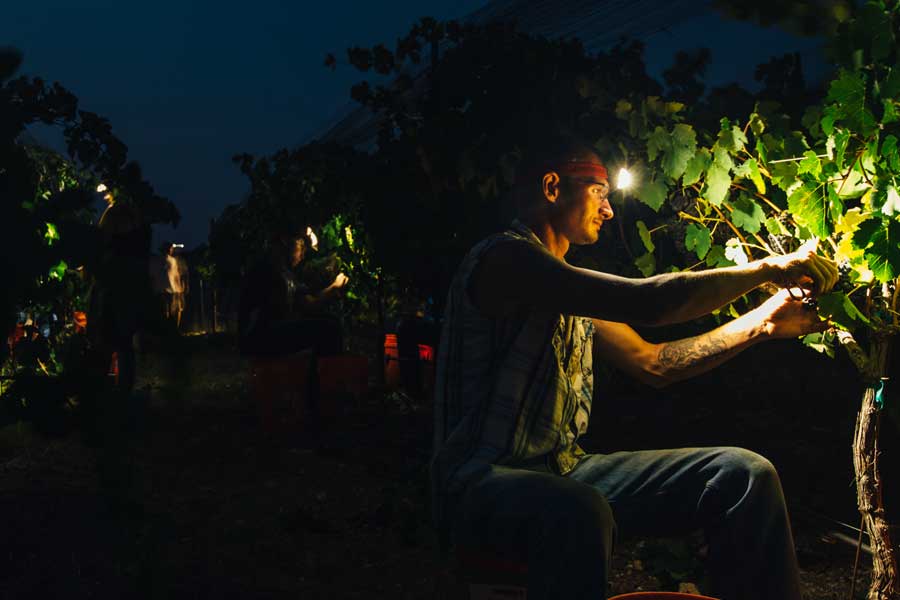
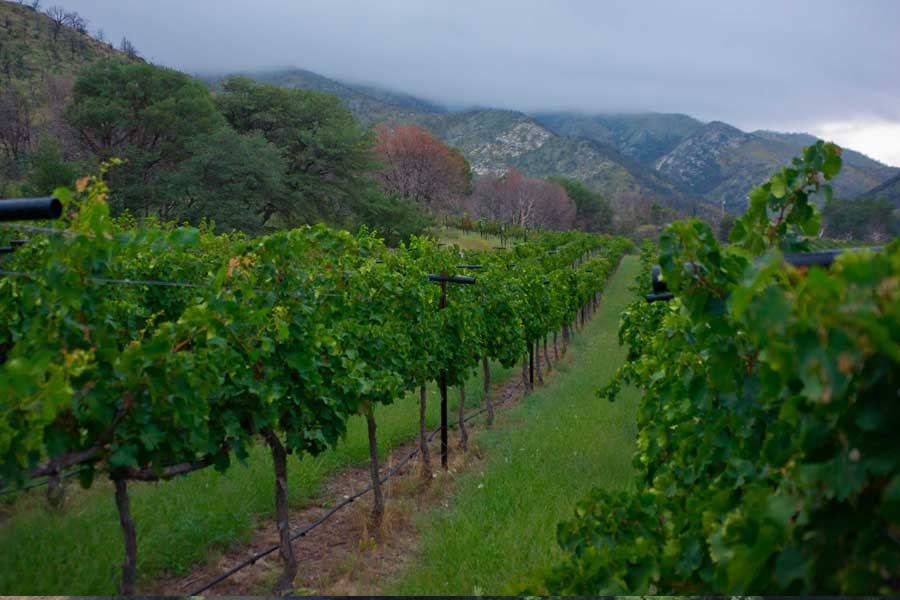

 Limited Availability. Add Second Harvest Body Butter to any massage. Locally hand made body butter from PSC pressed grape skins, grape seeds, Shea Butter, Coconut Oil and Grape Seed Oil. Hydrating and healthy for your skin, subtle nutty aroma. $5/60 minute massage $7/90 minute massage.
Limited Availability. Add Second Harvest Body Butter to any massage. Locally hand made body butter from PSC pressed grape skins, grape seeds, Shea Butter, Coconut Oil and Grape Seed Oil. Hydrating and healthy for your skin, subtle nutty aroma. $5/60 minute massage $7/90 minute massage.